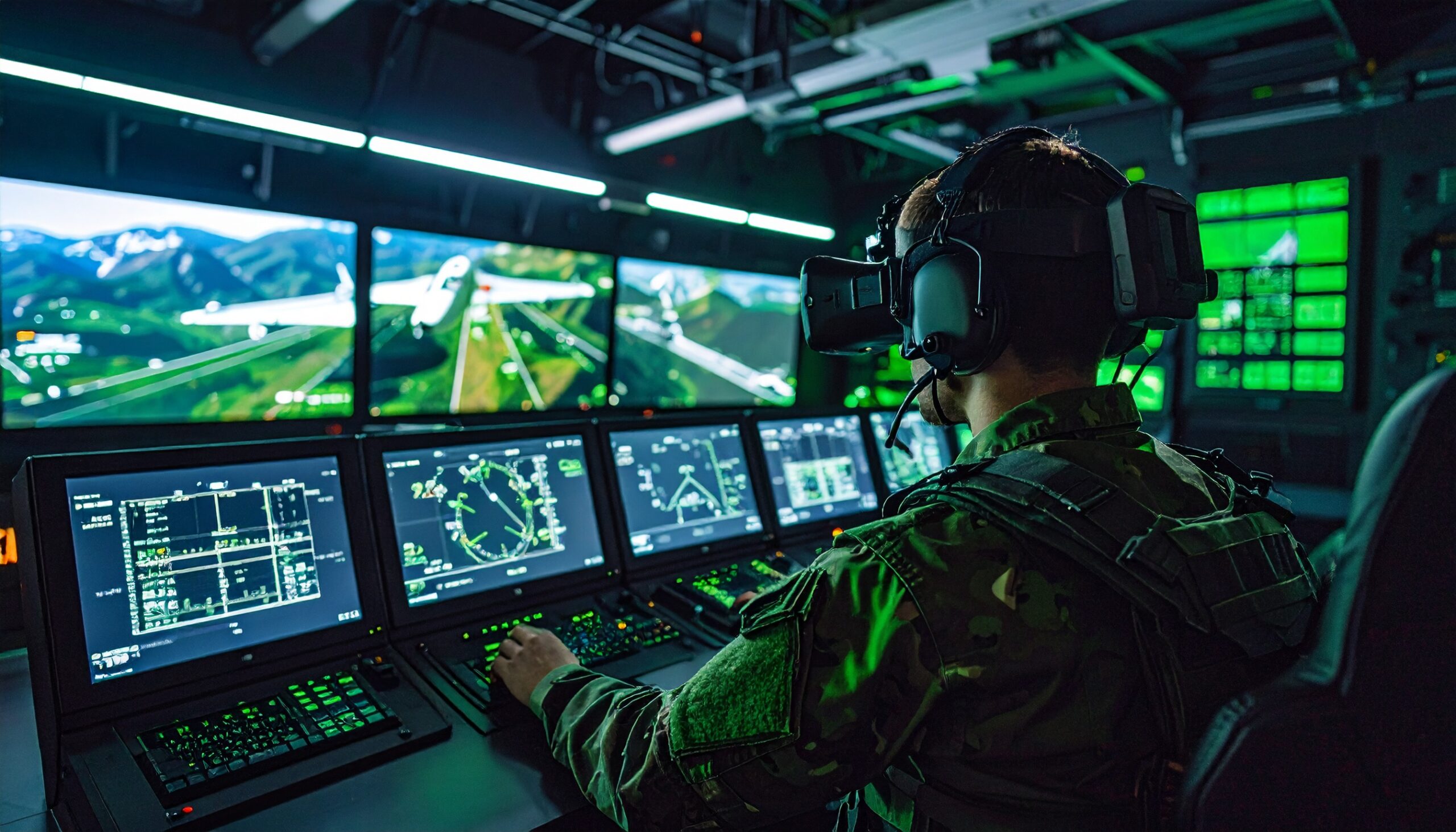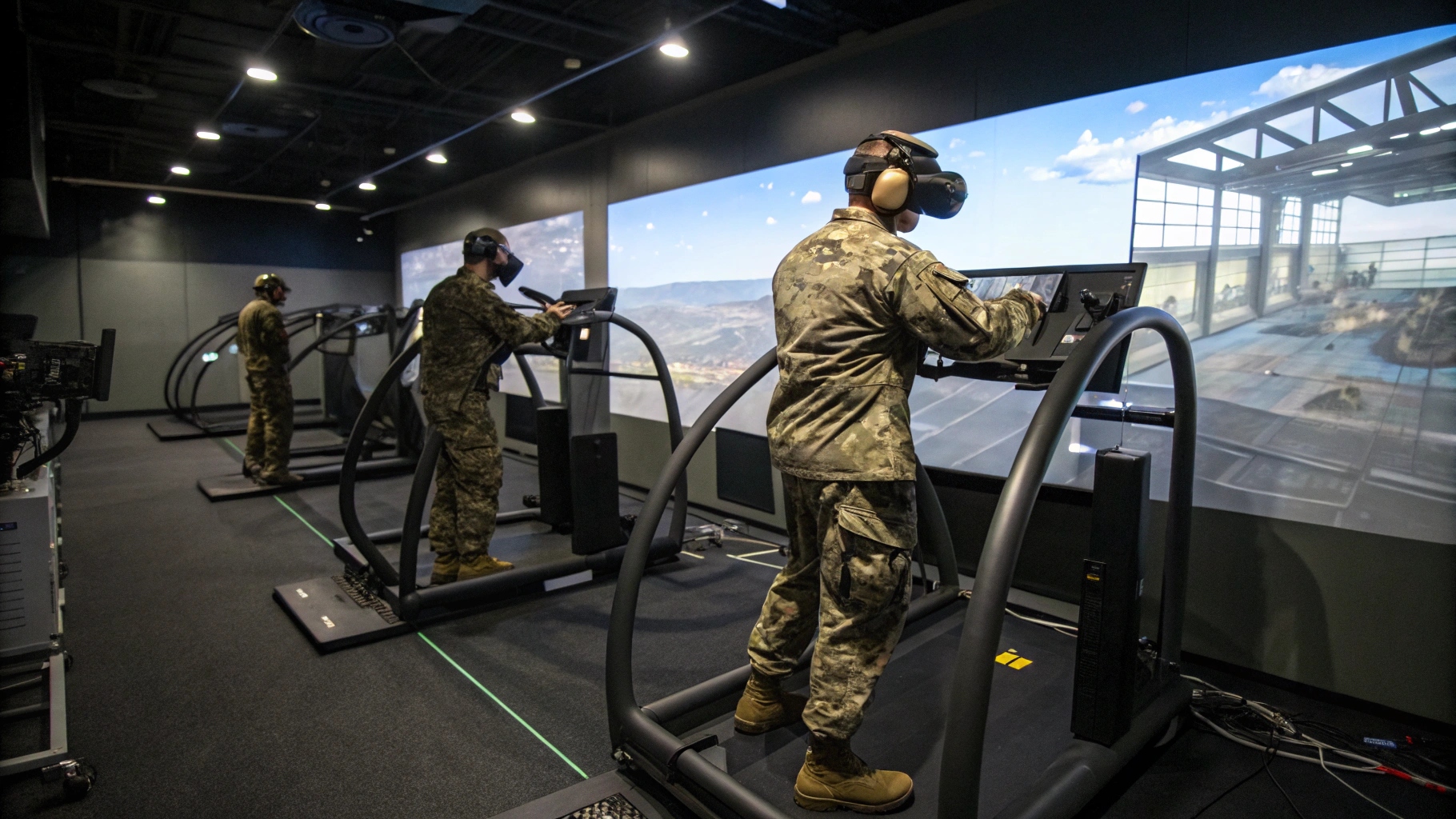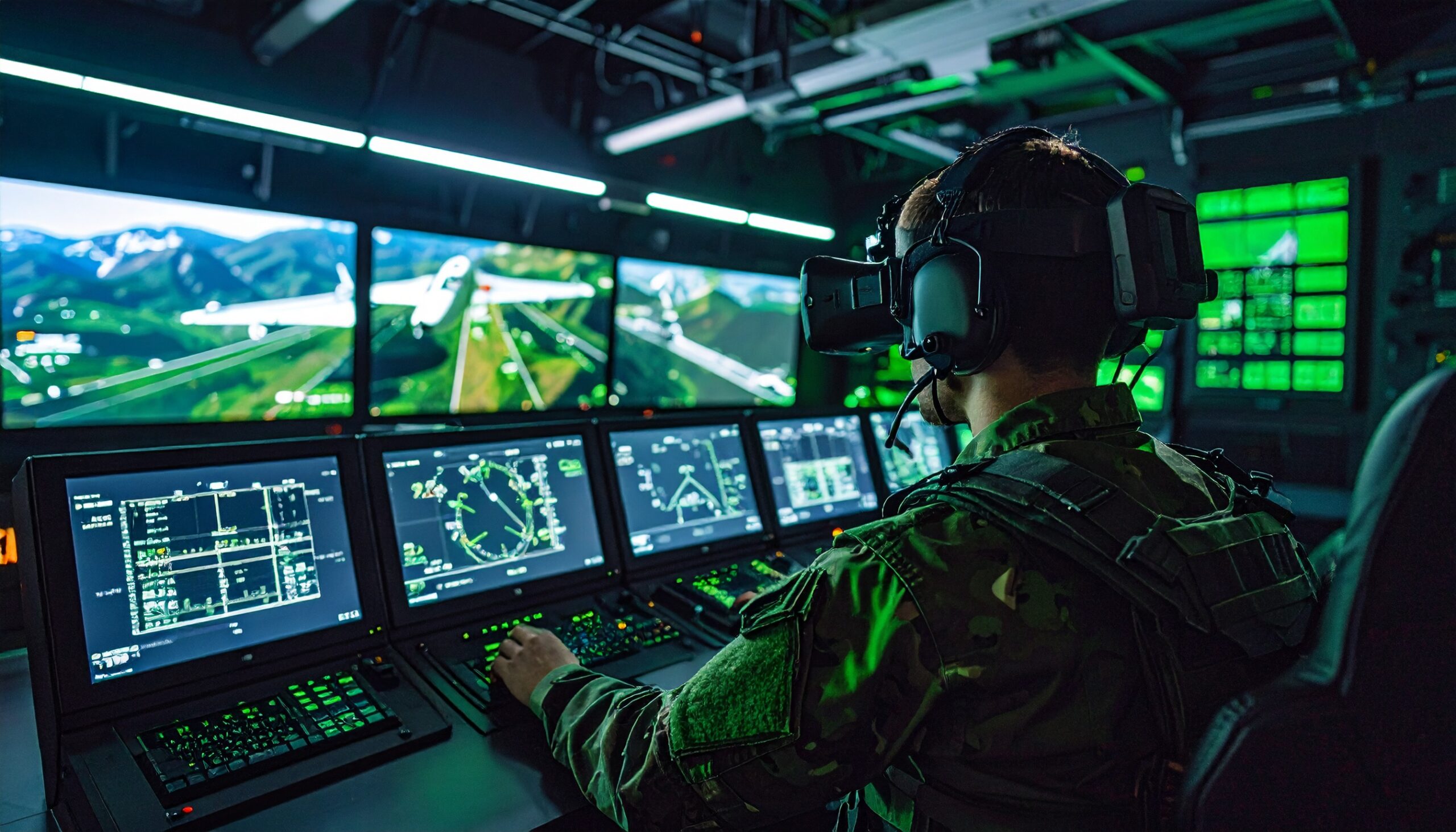
General Atomics Aeronautical Systems, Inc. (GA-ASI) successfully conducted a groundbreaking test on June 11, marking the first-of-its-kind autonomous exercise involving multiple aircraft and advanced software, including a simulated autonomous intercept and engagement.
In the test, a GA-ASI-owned MQ-20 Avenger® unmanned jet employed the latest government-developed autonomy software in coordination with live and virtual aircraft, alongside additional systems provided by Shield AI.
As mission software capabilities rapidly evolve, hardware must remain adaptable to integrate software from various developers. GA-ASI’s testing highlighted the importance of “government reference architectures” in ensuring interoperability between aircraft hardware and diverse software solutions.
During the exercise, the MQ-20 Autonomous Collaborative Aircraft showcased key autonomous capabilities: marshalling, maintaining dynamic midair formations with live aircraft, patrolling simulated combat zones, making independent decisions, collaborating with human operators, and autonomously intercepting two live targets—successfully simulating missile engagements.
The event featured a live in-flight transition from the government software suite to Shield AI’s Hivemind autonomy software without disrupting aircraft stability or mission performance. This seamless switch emphasized the value of standardized architectures in enabling rapid software integration from multiple sources.
The test demonstrates how open architecture and modularity can support a future autonomy “app store” model, giving governments access to a wide range of software providers, accelerating innovation, and ensuring flexible mission readiness without vendor lock-in. The June 11 event further proved that government reference architectures can significantly reduce integration timelines and scale autonomy capabilities efficiently.





